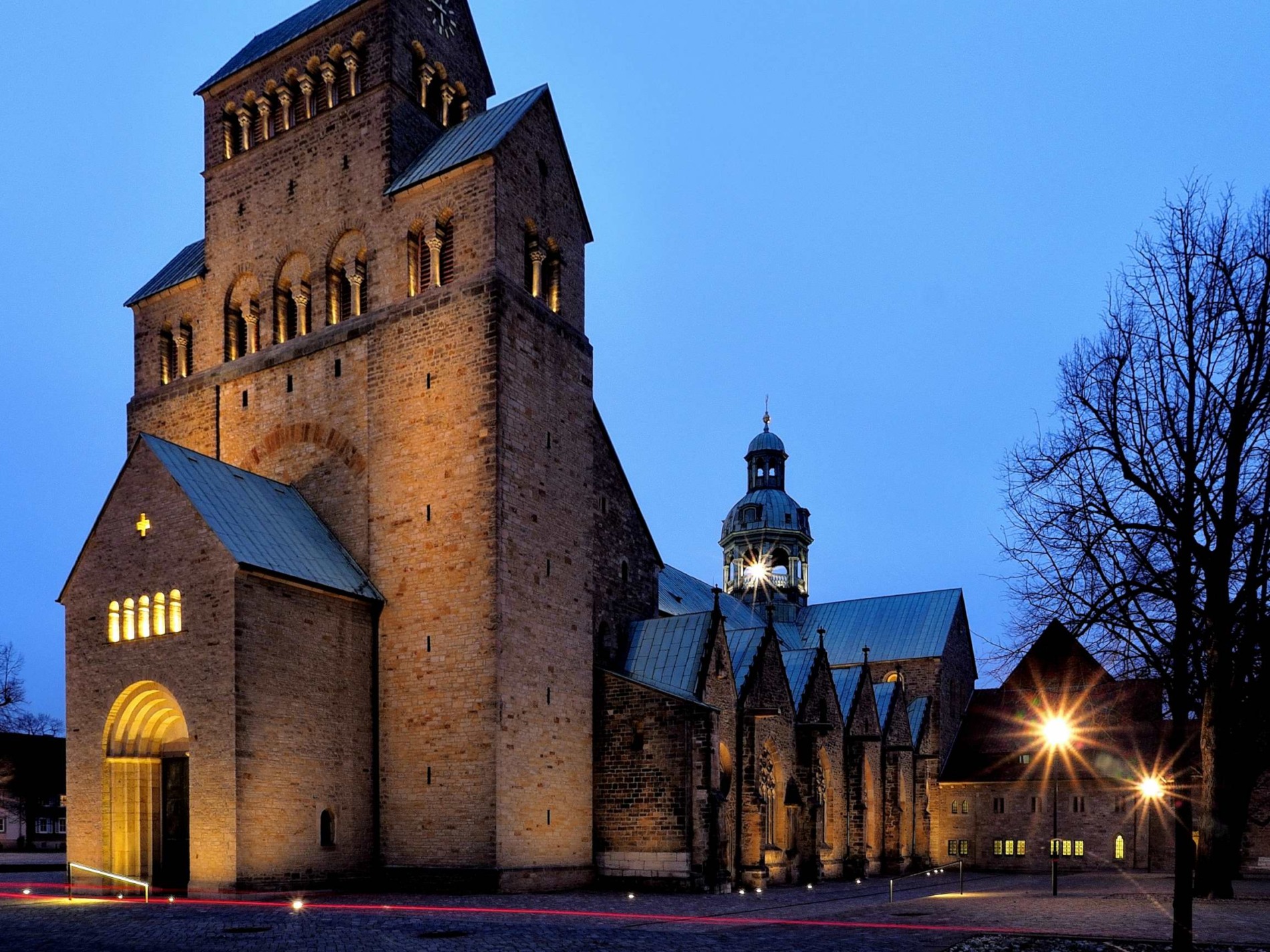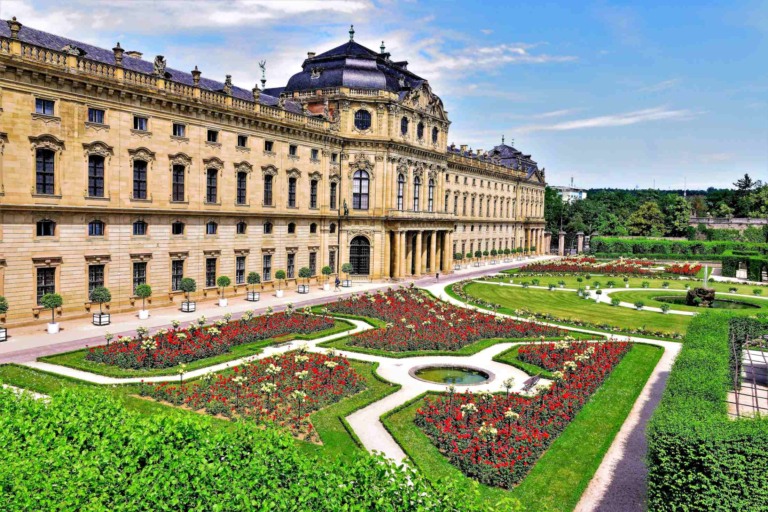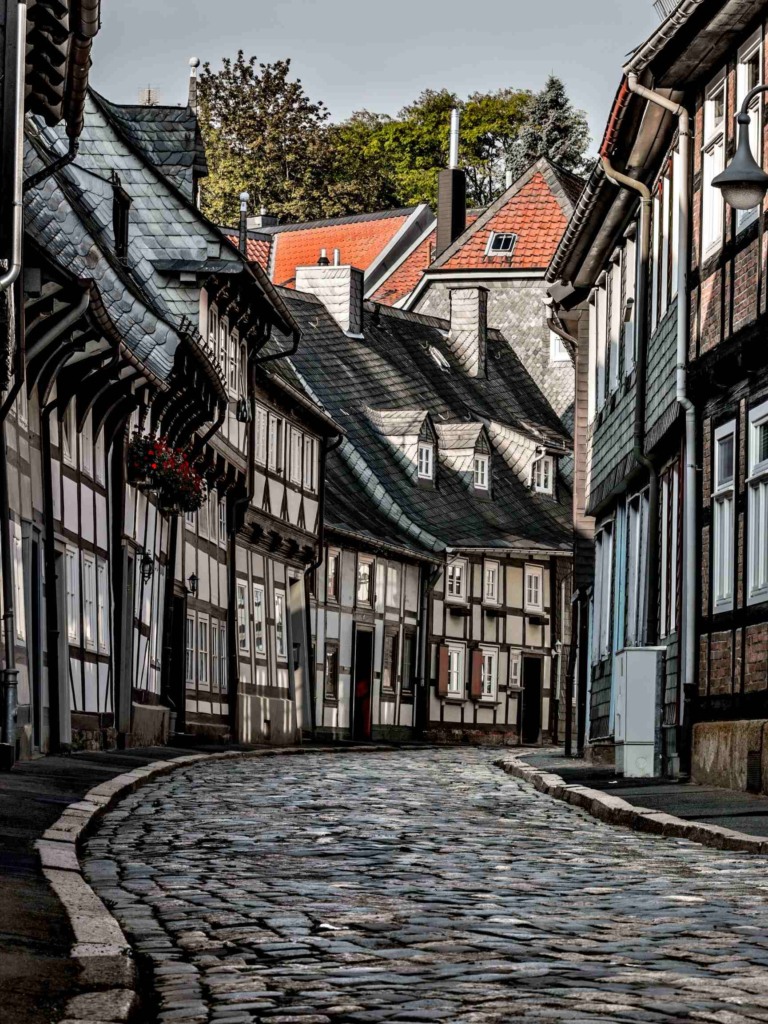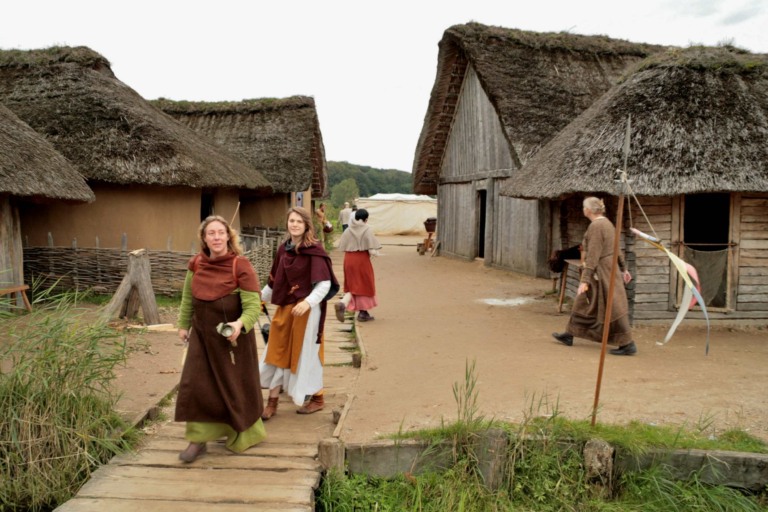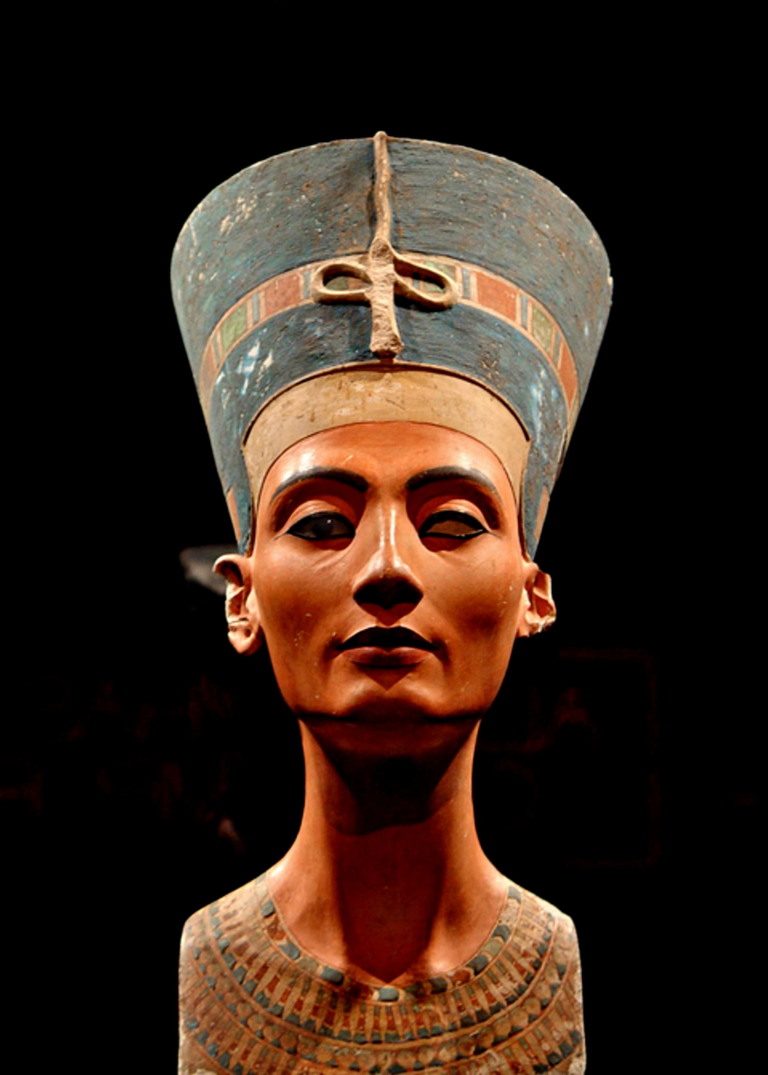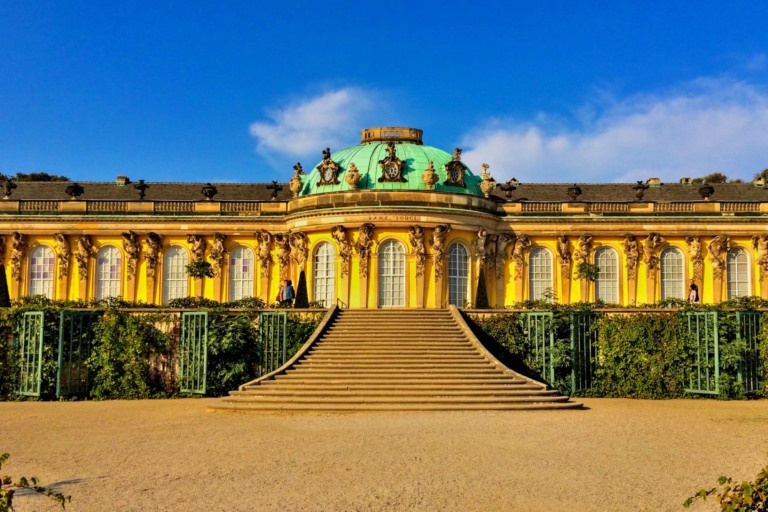Hildesheim Churches: In Hildesheim, Germany, there are two important church buildings: St. Mary’s Cathedral (also called Hildesheim Cathedral) and St. Michael’s Church (also called St. Michael’s Church of Hildesheim). The UNESCO World Heritage List includes these buildings because of their physical and cultural significance. Let’s learn some facts about each of these amazing places.
St. Mary’s Cathedral and St. Michael’s Church at Hildesheim
St. Mary’s Cathedral, also called Hildesheim Cathedral, is one of the oldest cathedrals in Germany and a great example of Romanesque design. It was built in the 9th century and has been fixed up and added to many times since then. The Bernward Doors, which are huge bronze doors with pictures from the Bible and are considered masterpieces of medieval art, are one of the most famous parts of the church. There are also many medieval works of art in St. Mary’s Cathedral, such as the Hezilo chandelier, the Christ column, and the Triumphal Column.
Construction of St. Mary’s Cathedral
After Louis the Pious set up the Diocese of Hildesheim in 815, a chapel of St. Mary was built where the current apse is. Bishop Gunthar of Hildesheim was in charge from 815 to 834. During that time, he had a small basilica with two round towers built to the south of the chapel. He called it Saint Cecilia’s Basilica. This was the cathedral and Stift Church when they were first built.
There are the graves of the first four bishops. The only thing left of these two houses are the foundations. The Chapel of St. Stephen next to the gatehouse at the eastern entrance to the Chapel of St. Hellweg may have been an older Hildesheim parish church. It may have been there when Hildegrim of Chalons went to East Saxony. Bishop Altfrid built the church in the shape of a cross with three aisles and a two-story west tower in the year 872.
It is an example of an Ottonian building. The naves are made up of half-circle apses and alternating columns. In 1046, a fire did a lot of damage to the building. Bishop Azelin wanted to build a new, bigger house to the west and make the nave bigger. Hezilo of Hildesheim, who took over after him, changed this plan. Instead, he built on the old foundations and used the remaining walls to make the new building.
Up until the end of the 1400s, there were more important repairs, but they did not change the layout of Bishop Altfrid’s basilica. The northern paradise, the churches on the north and south sides, and the tower above the crossing are all from the Gothic period. In the 1800s, a Neo-Romanesque two-tower facade took the place of the original westwork. This facade stood until 1945.
St. Michael’s Church
Another impressive church building in Hildesheim, St. Michael’s Church, is also known for its Romanesque style. It was built in the 11th century and is famous for the way it combines Romanesque and Ottonian types of architecture in a way that no other building does. The church is known for its tower, which is about 100 meters (328 feet) tall and has a lot of paintings and reliefs on it. St. Michael’s Church has beautiful paintings and a baptismal font from the 12th century on the inside.
History of St. Michael’s Church
Bishop Bernward of Hildesheim (996–1022) built a Benedictine monastery from the ground up on a hill linked with the archangel Michael, just a half kilometer north of the city walls of his seat (Hildesheim). The monastery had an impressive church that was 70 meters long overall. Bernward laid the first stone for the new church in 1010, and he dedicated it to Michael on the archangel’s feast day, September 29, 1022, just a few weeks before he died.
The church was still not finished at the time. Bishop Godehard, who took over after him and died in 1038, finished the work in 1031 and re-dedicated the church to Michael on September 29 of that same year. The church has two choirs to the east and west, two triangular transepts at each end of the nave, and six towers: two big ones over the crossings to the east and west, and four tall, thin ones on the small sides of the two transepts.
The eastern choir had three apses, and the west choir had a deep chapel with a huge single apse that rose high above an ornate cross-vaulted hall crypt with an aisle. The body of Bishop Bernward was put in the western crypt. The monastery had a church family and two other places of worship, dedicated to Martin and the Holy Cross, that were in the courtyard that went north from the north side of St. Michael.
The monastery and church faced the city of Hildesheim from the south. The south side of the building was like a wall. It seems likely that there was a wall around the monastery on the Hill of St. Michael. In 1186, Hildesheim’s Bishop Adelog of Dorstedt, with the help of Tammo, Prince-Bishop of Verden, re-dedicated St. Michael’s after it had been fixed up after a fire.
When Hildesheim became Protestant in 1542, St. Michael’s became Lutheran. However, the Benedictine order stayed here until 1803. Up until that point, monks kept using the church, especially the western choir and basement. During World War II, an air raid on March 22, 1945, did a lot of damage to St. Michael’s Church. It was rebuilt between 1950 and 1957. In 1985, the church, along with the Cathedral of Hildesheim, its collection of ancient treasures, and its 1,000-year-old rosebush, became a UNESCO World Cultural Heritage site.
Hildesheim Churches
The “St. Mary’s Cathedral and St. Michael’s Church at Hildesheim” World Heritage Site includes both St. Mary’s Cathedral and St. Michael’s Church. This title shows how important they are in terms of architecture and culture. They are some of the most important Romanesque buildings in Europe. When you visit these beautiful buildings, you can learn about their history and enjoy their architectural beauty and cultural heritage.
